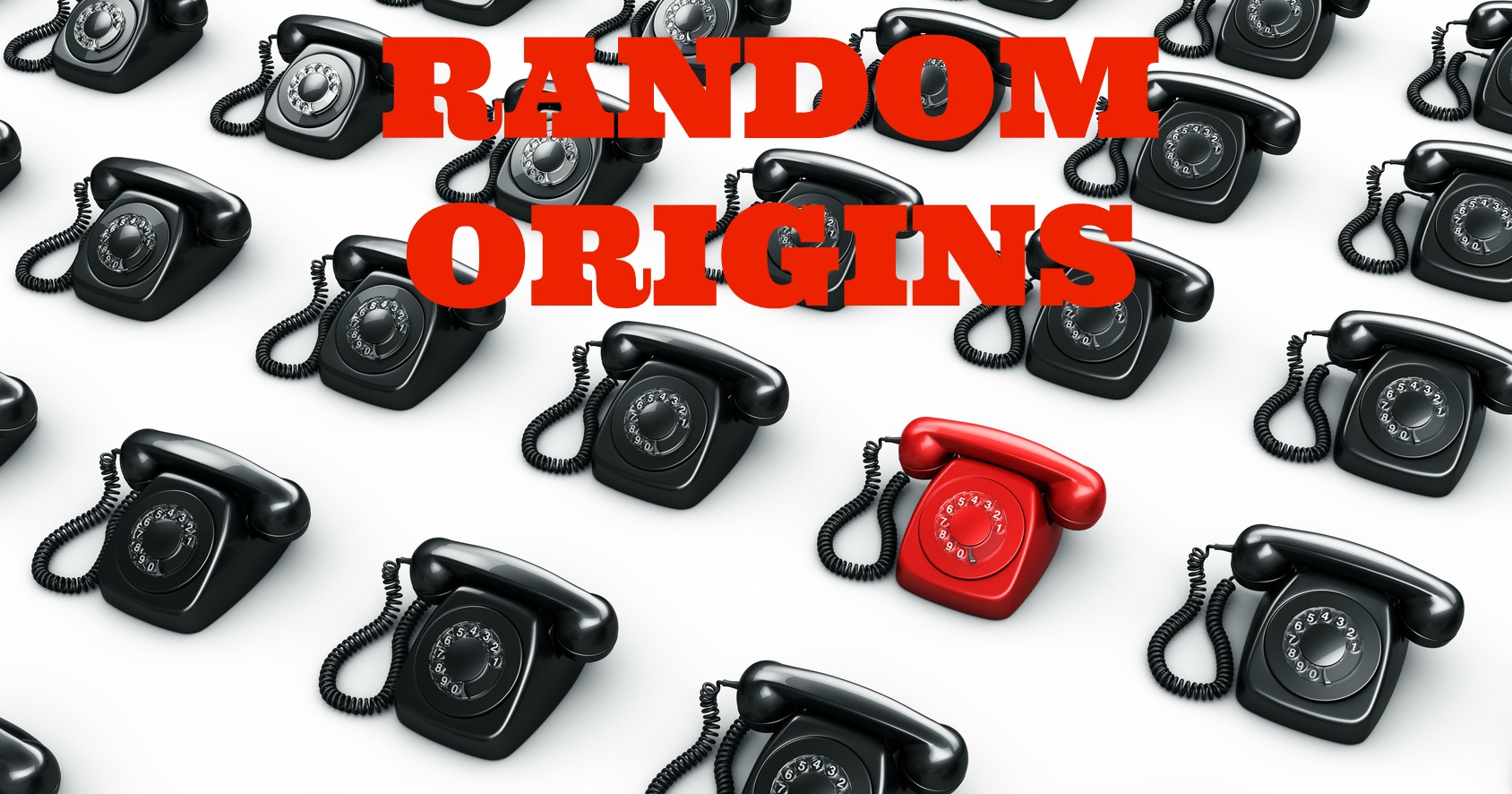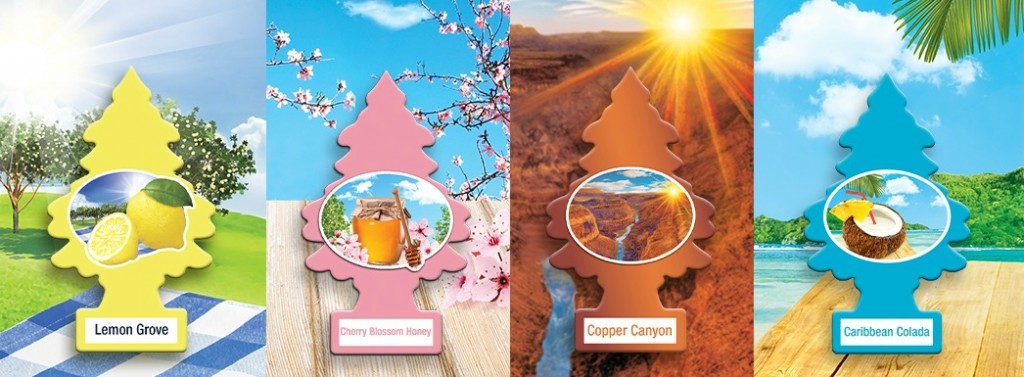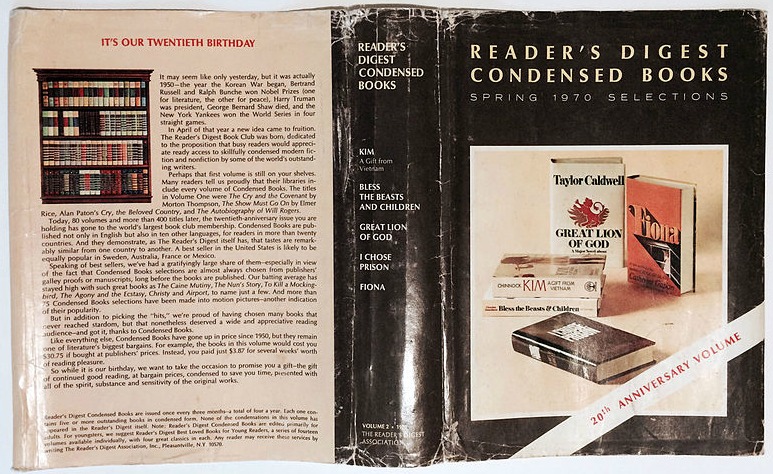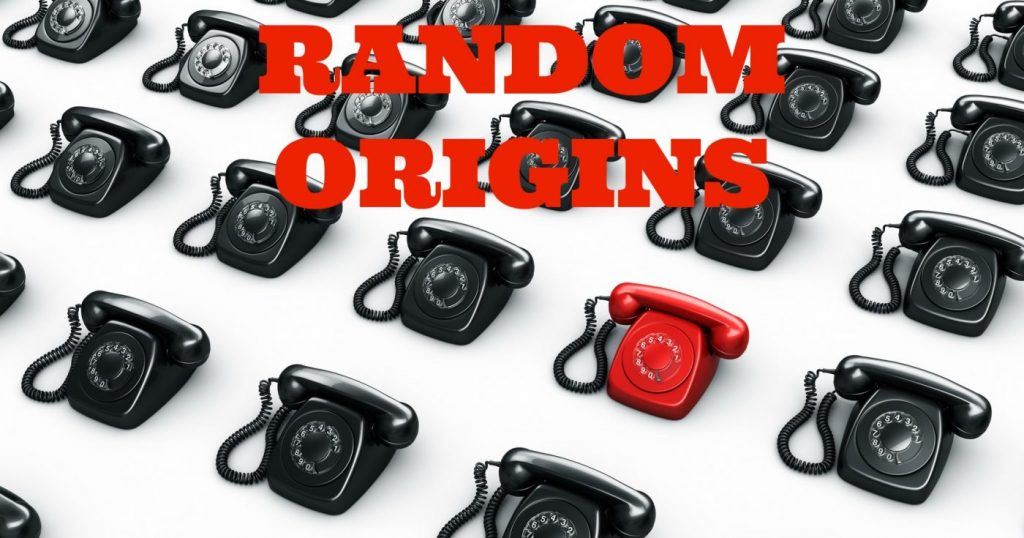Once again the BRI asks—and answers—the question: Where does all this stuff come from?

Telethons
After writer Damon Runyon died of cancer in 1946, his friends in the entertainment industry established the Damon Runyon Cancer Research Foundation. The charity held its first big fund-raiser in April 1949—an unprecedented 16-hour television broadcast to solicit donations. This “telethon” (“television” plus “marathon”) was the idea of NBC executive Sylvester Weaver, who thought big TV events would entice people to buy television sets. That first telethon wasn’t much different from today’s telethons: A big star hosted (Milton Berle); an on-screen bank of phone operators accepted call-in donations; and stars of movies, TV, and Broadway performed and pleaded for money. The broadcast raised $100,000 for cancer research.
Tree-Shaped Air Fresheners
In 1951 America was obsessed with cars, and many industries sprang up around the craze, from motels to drive-in movie theaters. A New York chemist named Julius Sämann figured that all that time spent in cars made them smell pretty bad, so in his garage-laboratory, he created the world’s first air freshener made just for the car. Made of a material similar to a disposable beer coaster, Sämann’s prototype was pine-scented, so he cut the freshener into the shape of a tree. Sämann got a patent and opened the Car-Freshener Corporation. Today, Little Trees are the top selling air fresheners in the world. And all of them are tree-shaped, even the top-selling “New Car Scent.”

Reader’s Digest
In 1914 DeWitt Wallace suffered injuries fighting in World War I and was sent to a French hospital to recover. He and other injured soldiers were incredibly bored and wanted something to read. That gave Wallace an idea: a pocket-size anthology of short articles on a variety of topics including information, entertainment, health, and humor, written in basic, easy-to-understand English. (Sound familiar?) When he got back to the United States after the war, he approached several publishers with his idea. They all rejected it. So in 1922, he printed 5,000 copies of his magazine himself. All 5,000 sold (at 25 cents each), and the popularity of Reader’s Digest grew quickly. By 1926, just four years after starting, the magazine had a circulation of 40,000. Today Reader’s Digest’s readership is 38 million people in more than 60 countries. 
World Cup Soccer
Soccer was an Olympic event in the early 20th century, but only amateurs could compete. Professional players wanted to participate, but the Olympics said “no,” so FIFA, soccer’s governing body, began holding tournaments for professional players in the 1910s, and later organized the Olympic tournaments for amateurs as well. By the late 1920s, FIFA and the International Olympic Committee (IOC) were again in a dispute over whether professionals should be allowed into the Olympics. To make matters worse, the 1932 Olympics were scheduled to be held in Los Angeles, and soccer wasn’t popular in the United States. When the IOC announced that it planned to drop soccer from the Olympics, FIFA stepped in and organized its own world championship, open to professionals and amateurs. Dubbed the “World Cup” by FIFA president Jules Rimet, the inaugural 1930 tournament was won by Uruguay, the reigning Olympic champions. The event went on to become the most popular sporting event in the world: More than 1.2 billion people watched the 2006 World Cup final on TV.









